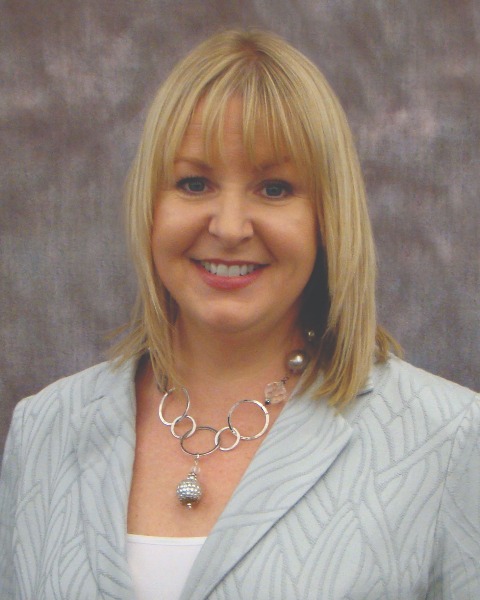Amplification and Assistive Devices (AAD)
PP327 - Individualized Acoustic Models for Hearing Aid Fittings Derived from In-Situ Measurements of Acoustic Feedback
- MO
Maddie M. Olson, AuD
Research Audiologist
Starkey Hearing Technologies
Eden Prairie, MinnesotaDisclosure(s): Starkey Hearing Technologies: Employment (Ongoing)

Sarah R. Iverson, AuD
Research Audiologist
Starkey
Minneapolis, MinnesotaDisclosure(s): Starkey Hearing Technologies: Employment (Ongoing)
- CM
Christophe Micheyl, PhD
Senior Research Scientist
Starkey Hearing TechnologiesDisclosure(s): No financial or nonfinancial relationships to disclose.

Jumana Harianawala, AuD
Senior Systems Design Engineer
Starkey Hearing Technologies
Eden Prairie, MinnesotaDisclosure(s): Starkey Hearing Technologies: Employment (Ongoing), Patent Holder (Ongoing)
- HS
Henning Schepker, PhD
Senior Signal Processing Research Engineer
StarkeyDisclosure(s): No financial or nonfinancial relationships to disclose.

Laura Woodworth, AuD
Principal Product Manager
Starkey Laboratories
Eden Prairie, MinnesotaDisclosure(s): No financial or nonfinancial relationships to disclose.

Meg Introwitz-Williams
Software Engineer
Starkey Hearing TechnologiesDisclosure(s): No financial or nonfinancial relationships to disclose.

Michelle L. Hicks, PhD
Vice President of Education and Audiology
Starkey
Eden Prairie, MinnesotaDisclosure(s): Starkey: Employment (Ongoing)
Lead Presenter(s)
Presenter(s)
Contributor(s)
In-situ measurements of acoustic feedback can be leveraged to estimate sound-leakage effects for a given ear and acoustic coupling or venting. These measurements inform the acoustic model in the fitting software, providing updated gain values if the actual acoustic leakage differs from the predicted leakage given the coupling characteristics. This study demonstrated that individualized acoustic models improve the accuracy of in-situ hearing threshold measurements when compared to measurements obtained using the default acoustic model due to the fitting software’s ability to adjust the in-situ stimulus SPL to compensate for actual sound leakage, and thus provide an improved, individualized, initial fitting.
Summary:
Audiologists strive to provide patients with an optimized hearing aid fitting quickly and accurately. Prior to measuring the hearing aid response using real-ear measurements, audiologists rely on the recommended acoustic model provided by the fitting software. Acoustic models are based on average parameters, which may not accurately reflect the in-situ acoustics of the individual ear being fitted. For example, an occluded dome can yield a well-occluding fit in some ears and a more open fit in others (Caporali et al., 2019). While real-ear measurements can be used to correct for these individual differences, a more accurate initial fitting can reduce the number and magnitude of gain adjustments needed, increasing efficiency in the fitting and verification process.
In-situ measurements of acoustic feedback, obtained as part of the feedback canceller initialization, can be leveraged to estimate sound-leakage effects for a given ear and specific acoustic coupling or venting. This measurement informs the acoustic model in the fitting software, providing updated gain values if the actual acoustic leakage differs from the predicted leakage given the coupling characteristics. This procedure can improve the accuracy of the acoustic modeling resulting in a more individualized and accurate initial fitting relative to prescribed targets, simply by initializing the feedback canceller. It is further hypothesized that the individualized acoustic model will result in improved accuracy of in-situ hearing threshold measurements when compared to measurements obtained using the default acoustic model due to the fitting software’s ability to adjust the in-situ stimulus SPL to precisely compensate for any sound leakage.
The accuracy of the individualized acoustic models was evaluated in a group of 73 participants with mild to moderately-severe hearing loss, including 32 participants fitted with receiver-in-canal (RIC) devices with domes (n=18) or custom earmolds (n=5), and 40 participants fitted with custom hearing aids. The individualized acoustic model feature recommended an update to the acoustic model for 10 of 32 (31.25%) RIC fittings and for 25 of 40 (62.5%) custom fittings, indicating that the actual sound leakage differed from the average leakage predicted for that specific coupling or venting configuration. In-situ hearing thresholds were measured for all participants. For those who received an updated acoustic model, in-situ thresholds were measured using the updated acoustic model. Additionally, the in-situ thresholds were simulated to reflect thresholds that would have been measured without the changes applied to the acoustic model, allowing a comparison of in-situ thresholds measured with the default acoustic model and with the individualized acoustic model.
Results indicated that, for frequencies below 1000 Hz, mean absolute deviations between in-situ and insert thresholds measured in a sound booth were larger with the default acoustic model than with the individualized acoustic model. When averaged across 250, 500, and 750 Hz, the difference between the default model and the individualized acoustic model was statistically significant (Wilcoxon Signed-Rank Test, p < 0.05), suggesting that the individualized acoustic model improved the accuracy of the fitting, as the updated fitting resulted in improved accuracy to the in-situ hearing thresholds measured.
Learning Objectives:
- identify the benefits of estimating individualized vent effects in-situ during hearing aid fittings
